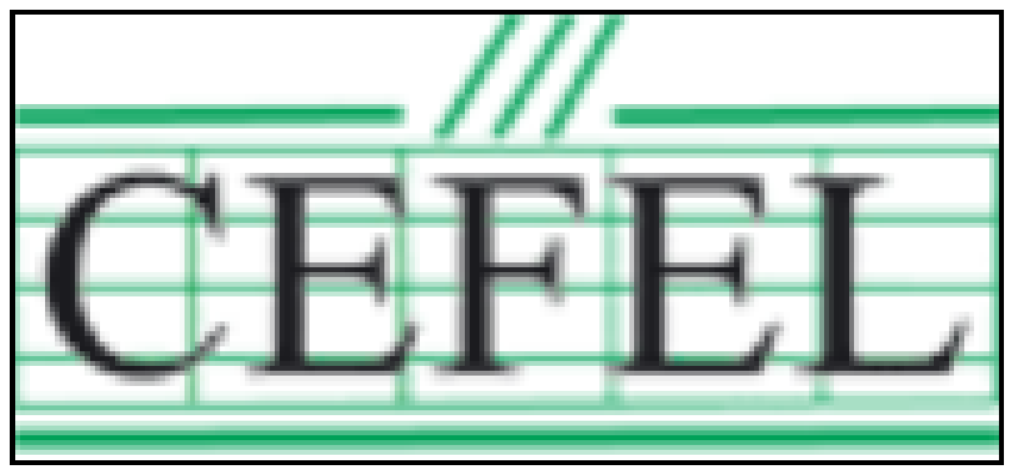Design and manufacture of agricultural and industrial equipment
Experimentation and testing of BIOMEGA thermal weed control
- Cefel and Dillon Castle trials:
The various trials were carried out to determine the impact of Biomega thermal weeding in viticulture. These trials made it possible to define the frequency of use and the effectiveness on the various weeds.
- Effect in the natural environment:
Thermal weeding leaves no residues in the plant, soil or water.
- Treatment period:
The start of the vine treatment should be made early in the season on young, undeveloped seedlings.
- Climatic conditions of use:
It is preferable to carry out the treatment in the morning after a rain, with high humidity or even on wet vegetation.
- Number of passages:
It takes 4 to 8 weeks between two passes, i.e. 3 to 6 passes per year depending on weed growth and soil type. It is preferable to repeat the first intervention after eight days.
- Injury to the vine:
There are no wounds on the vine, just like the grapes.
- Influence on production:
Thus, on a plot of Chasselas, there is no difference in the percentage harvested in AOC between thermal and chemical methods. The weight of the bunch and the berry are comparable. However, the acidity of the fruit is lower.
- Tips in the plots:
It is necessary to protect the start of the drip at the end of the row, but in the row the drip tubes are not damaged by the passage of the heat diffuser. It is better to weed thermally in the morning and then use the gyro-crusher.
- Temperature measurement in the vineyard:
A temperature sensor was placed in the area of the bunches, and when the thermal weeder was used, the increase in temperature was of the order of 0.1 to 0.2°C.

Experimental protocol: 2000-2001-2002-2003-2004

Experimental protocol : 2003-2004-2005
